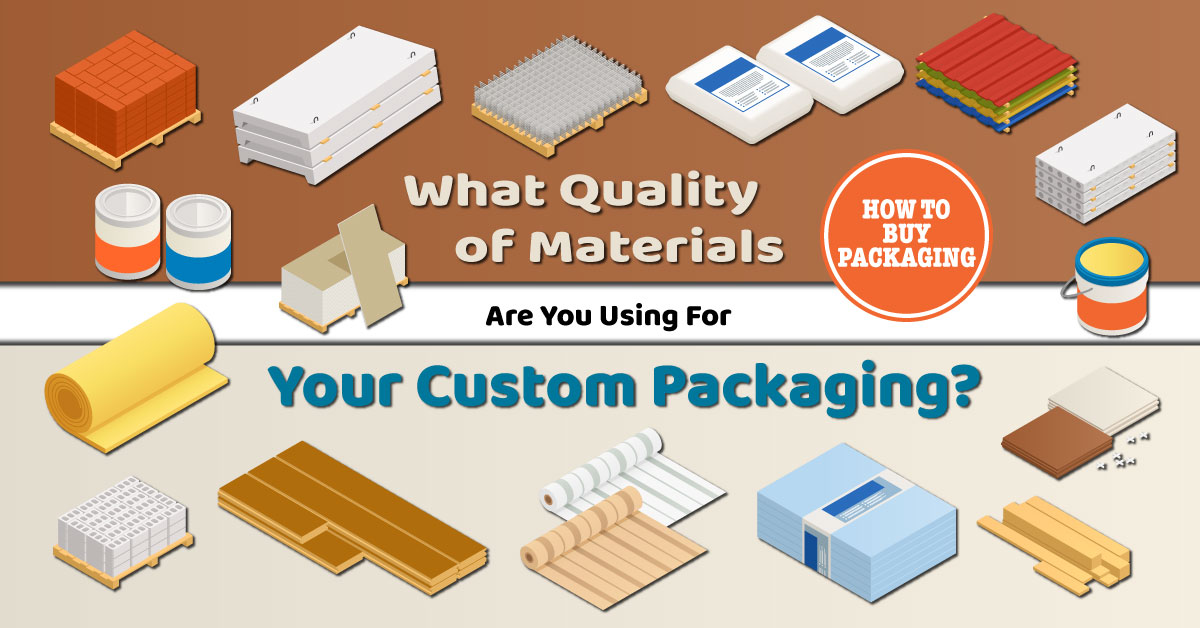Custom boxes used for packaging, such as folding cartons or rigid boxes are made of paper, as are labels, bags, gift cards, hangtags, signage and much of the marketing collateral we are exposed to. And even though paper is the main ingredient in much of our packaging and branding it is something most packaging buyers, surprisingly, don’t pay much attention to.
When buying custom box packaging we are often engaged by the more obvious decisions we have to make – we first must decide on the type of packaging and then choose from the multitude of styles available. Then there’s all those little extras that also keep our minds busy:
- Structural modifications (die cut window area, inserts etc.)
- Materials to be used (SBS, Kraft, SUS, thickness etc.)
- Custom printing (litho, flexo, 4-color process, spot colors etc.)
- Finishes – (glossy, matte, etc.)
- Exterior Embellishments – (foil stamping, embossing etc.)
- And… etc. etc. etc.
But there is one other important consideration that we should address but most often fail to:
We need to decide on the quality of the material used.
Well, shouldn’t the packaging manufacturer already be using the best quality materials anyway?
Ha!
Just as most businesses are constantly on the hunt for places to cut costs, the packaging manufacturer is no different. If they can get away with using the cheapest possible materials, they will.
So, since paper is the most prevalent and important component to making custom boxes (folding cartons and rigid boxes), shouldn’t we take a closer look at what good quality paper has to offer? I think yes!
Paper for packaging (i.e. box wrap used for rigid boxes or paperboard also called folding board used for folding cartons) is produced with varying degrees of quality and can be classified into 4 categories:
- Low
- Standard
- Premium
- Luxury
Low and Standard quality paperboard are used mostly by default by packaging manufacturers because it is less expensive and in most cases “gets the job done”.
Because the term “premium” is subjective, manufacturers will always say they are using a premium paperboard (folding board), but they are not. What they mean to tell you is that they are using what they think is “a good quality paperboard, and certainly good enough for you”. But in most cases, a premium board is something you will have to request. The reason for this is because when a manufacturer chooses the materials for you, they can better control the price. The cheaper the materials, the lower the price and the more likely they will get your business.
But what does premium paper offer us that low or standard quality paper cannot?
The first thing that premium paper does amazingly well is facilitate one of the most important aspects of brand development – consistency; consistent colors and consistent whites.
Custom printing on this paperboard allows for greater color consistency. Let’s say you have a specific green color that is prominent in your brand identity. When you use a premium paperboard that is always consistently the same color of white, your green color will always look correct when printed on that paperboard, from batch to batch and from manufacturer to manufacturer. Whereas if the manufacturer is using whatever paperboard he has lying around at the time, your green will look different because the paperboard he is using is not a consistent color of white like premium paperboard would be.
Brands like Tiffany & Co. rely heavily on the color consistency of their trademarked turquoise color which can only be achieved using premium paper.
And not just large brands are concerned by lack of color consistency. I’ve had many medium to small companies come to me perplexed and frustrated at having their custom box packaging (and their other paper-based marketing collateral) look dramatically different from run to run or from manufacturer to manufacturer. I always steer them towards premium paper – problem solved.
Premium paperboard is also very consistently clean and smooth without strange and unwanted flecks, bumps or blemishes. Foil stamping, embossing, debossing is often much easier on premium paperboard. And if you are desiring textures, the premium textured paperboard and paper wraps will again be far more consistent and well-made.
Next, premium paper has unsurpassed integrity – the paperboard simply performs better during the manufacturing process as well as in the demanding retail environment.
Luxury Paper
Luxury paper is exactly what it suggests. It is the fanciest, best made, consistent, artful, beautifully diverse, clever, elegant, deliciously tactile paper on the planet! It is reserved for people who really need to make an impression with their custom box packaging. Ideally used for rigid boxes and for products with a high price point and decent profit margin, this paper is not for everyone. But there a plenty of business that use luxury paper, and not just for their packaging, but for all their marketing collateral, to maintain a consistent, high-class branding identity that their customers will come to know and respect. Look at a company like Nordstrom as a great example of this. They use premium paper everywhere.
So…
- If your brand and the brand loyalty from your customers is important to you.
- If you want your packaging to have a consistent look and feel from batch to batch.
- If you want to be able to change packaging manufacturers or printers without the worry of your custom boxes or other paper-based marketing collateral not turning out the way you want.
- If you want less headaches with failed packaging at retail stores.
- If you want less phone calls from your packaging manufacturer saying that there is a problem and they can’t make your deadline.
- If you want people to have confidence in your product because your packaging emanates superiority.
Use premium paper. That means: paperboard (folding board), box wrap for rigid boxes, labels, bags, signage and the paper for all your marketing collateral.
I can safely say that the majority of problems I see amongst my peers with botched packaging jobs is a consequence of inferior paperboard.
If your product is a premium or luxury product, you cannot afford to use anything less than premium or luxury paper.
This has been a part of my tutorial series called How to Buy Packaging 101. So click the link below to head back if you haven’t finished reading it yet. 🙂


One Response
Sara, thank you so much for publishing this informative post. Materials quality can be a heady discussion with some clients who haven’t grasped how their branding and packaging quality intersect. Sure, you can cut corners on packaging if you really want to. However to provide the best brand image and tactile customer experience, using the best quality materials goes a very, very long way to plant the seed of brand engagement and loyalty.
Looking forward to your future posts!